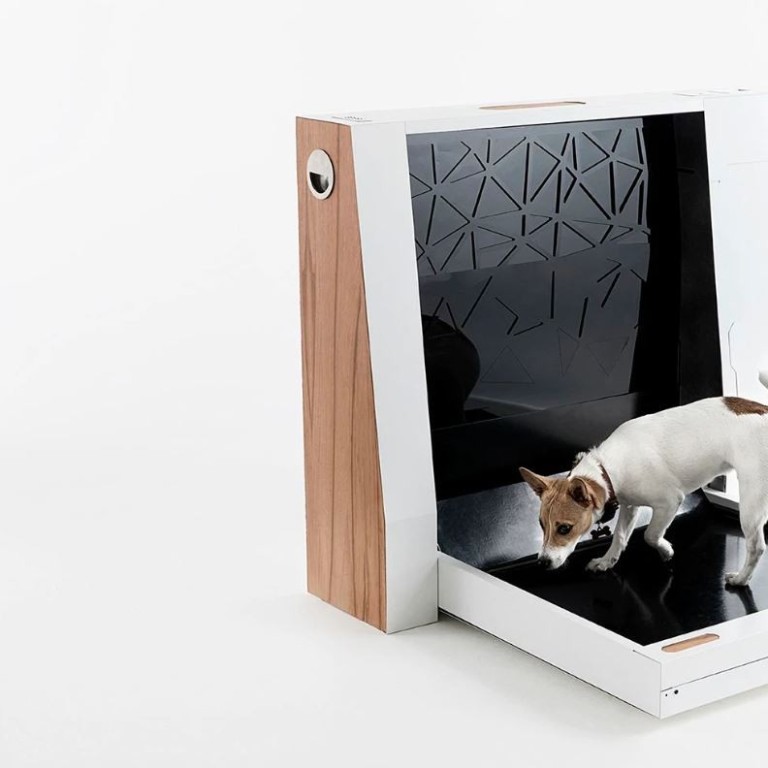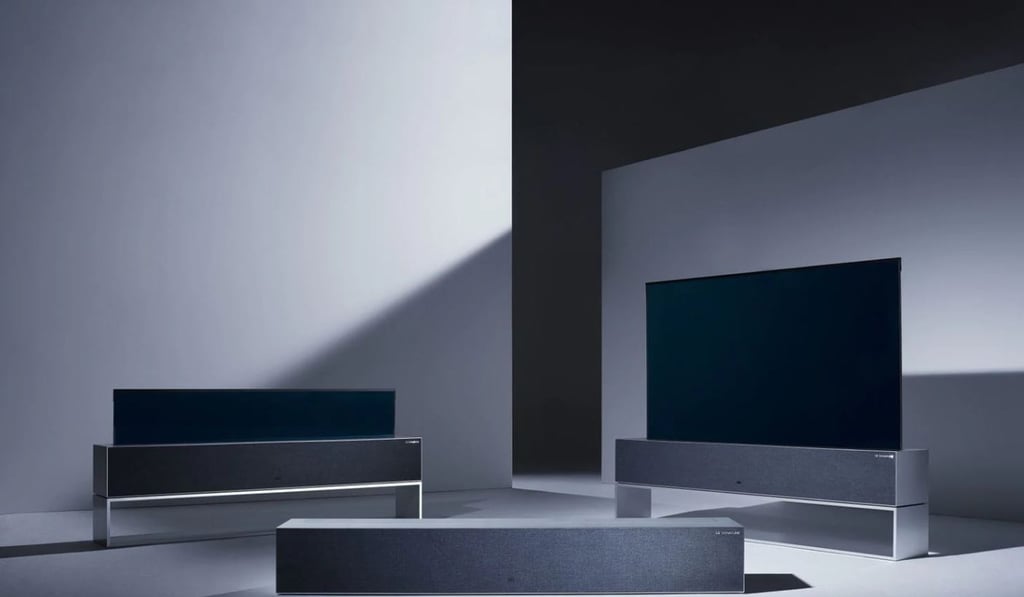Self-rolling suitcases, companion robots and roll-up TVs rule at CES 2019 - with a little help from AI

Artificial intelligence is working its way into all sorts of places, from your bedroom to the concierge desk, as a visit to the world’s biggest consumer show reveals
Hello future, you are weird. At least it is here at CES 2019, the tech industry’s biggest annual conference in Las Vegas. It is where companies big and small come to launch gadgets and test new ideas.
Not all of them make it to stores. But there is an eternal optimism that technology can solve, well, almost any problem – even ones you never knew you had. There are suitcases that push themselves and automatic toilets for dogs.
The big news this year is artificial intelligence is working its way into all sorts of places, from your bedroom to the concierge desk. Amazon’s Alexa is battling with Google Assistant to control our fans, taps, clocks, you name it. Alexa is winning the race for more gadgets, though Google seems smarter – just ask it to be your interpreter. (Disclosure: Amazon CEO Jeff Bezos owns The Washington Post.)
Televisions are entering a new phase. Just when we were getting used to UltraHD 4K televisions, the industry is gearing up to start pushing (still extremely expensive) upgrades to 8K sets. And talk about weird: Samsung and Apple became official frenemies by including an app for iTunes on Samsung’s newest TVs.
Walking the show floor this year, I picked these products — some practical, some downright strange — that captured the spirit of where things are headed … or at least the creativity that makes CES so much fun.
The roll-up TV: LG Signature OLED TV R

This is 2019’s must-have TV for billionaires and wannabe James Bonds. With the tap of a button, LG’s 65-inch TV dramatically rises from a long box where it is rolled up inside. How did they do that? The screen uses plastic and OLED tech, which in addition to having fantastic image quality is also capable of bending. (Coming this year, we’ll also be getting smartphones with foldable OLED screens.) The idea is you can place your TV in front of a window without having it block the view all the time. But with a TV like this, who wants to be inconspicuous? Go ahead and show off: LG says it can withstand being rolled up for at least 50,000 cycles.
Price to be determined, available later this year